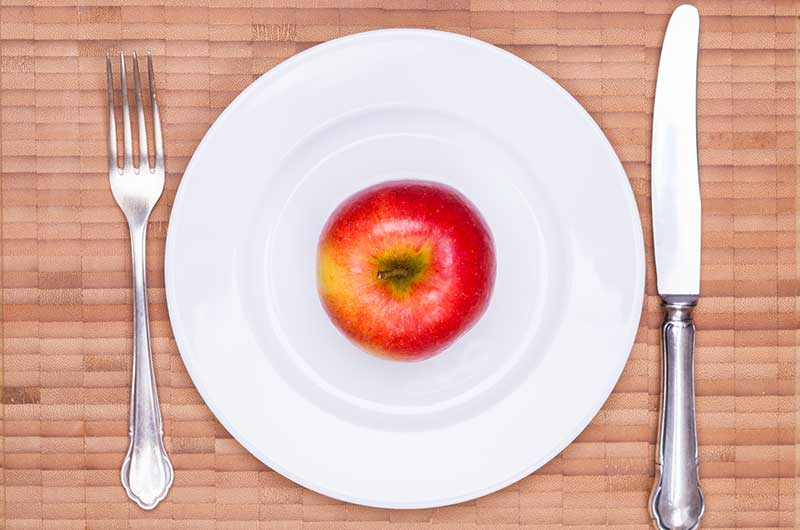There are so many ways to get fit and healthy for a lifetime; however, there are an equal number of ways to harm your health. Some strategies may seem healthy or even be healthy in the right amounts, but they’re often used in excess, negating their health benefits.
Mud Runs and Obstacle Course Races

They are fun, challenging and provide a great way to connect with other people. But the desire to impress friends or to believe your own hype regarding physical prowess combined with possible alcohol consumption leads many people to take foolish risks while performing unfamiliar movements in challenging conditions. There are deaths from drowning and broken backs along with a large number of lesser injuries. Be careful and smart about the events you choose to take on and don’t be afraid to skip an obstacle if necessary.
10,000 Steps a Day

Everybody’s doing it. But how well are they doing it? If you suddenly start moving a lot, but you have a major postural issue, nagging injury or pain that alters your walking pattern, you can unwittingly cause more harm to your body than you think. High volume, poor quality movement is a recipe for disaster. If your body isn’t handling force and impact efficiently, orthopedic stress can result. A new contributor to poor walking posture is the now common use of a smart phone while walking.
Obsessively going after that daily step goal can create other problems as well. Kim Garcia, owner of the Garcia Institute of Modern Excellence, says “Many people obsess about one part of the equation—the number of steps—and do not realize the importance of tracking fuel intake in conjunction with this, or may not focus on the quality of fuel they are ingesting to support the added physical demands on their body. What one thinks of as a great achievement could actually be wearing down cartilage, stressing the heart and slowing down metabolism.”
Cleanses, Detoxes and Juice Diets

If you ask a legitimate nutritionist about these programs, you can expect an eye roll. Garcia says, “Many individuals are stressed, malnourished and overworked to begin with. When they attempt these fasts and/or cleanses, rarely do they actually rest their mind and body to experience a true renewal process. They want to sustain their full work load, while essentially starving their 11 organ systems in the process. What one thinks is helping to heal their body may actually be causing the very stress they're attempting to avoid.”
Unless we are coming off a period of sustained drug use to recover from a major surgery or physical ailment, our bodies rarely need help detoxifying themselves. What most people don’t want to hear is that it’s far more sensible to quit “toxing”—drinking too much alcohol or eating too much junk food. And if you want fruit, eat it; don’t drink it. Fruit is a food; not a beverage.
So why do these trends have staying power and supposedly “work” for many people? That’s fairly easy to explain: nobody wants to feel foolish. Once someone has purchased something expensive which turns out to be nonsense, he or she will emotionally need it to be great so it will be, in spite of reality. Once this emotionally-driven response kicks in, direct factual contradictions can actually strengthen ideologically grounded belief in non-factual information. Further, if people feel attacked, they often resist facts even more.
HIIT a Bit Too Often

One simple fact that many people—and even many fitness professionals—forget is that your body makes progress from exercise when you recover from a hard workout. The hard workout is the stimulus for improvement. If all you’re doing is breaking down and challenging muscle, there is no rebuilding time. High-Intensity Interval Training (HIIT) has gotten popular because it works and is effective at creating change. If something is good, more isn’t always better and the same is true with HIIT.
Melissa Layne, member of the University of North Georgia faculty and author of Water Exercise puts it like this: “The body needs time to recover. Because the more powerful fast twitch fibers are used to a greater extent in HIIT training, greater muscle damage is occurring. These muscle fibers need a recovery day to hypertrophy and grow stronger. Be kind to your body and alternate days of HIIT training with days of steady state training.”
Here is Garcia’s take on it: “The best exercise you can do is the one you can sustain. Anyone can work out for a few months, but who can sustain a lifetime of movement free of pain and limitations?”
Fasted Cardio

We never seem to run out of ways to make exercise feel miserable and then wonder why it’s so hard to stick with. “Fasted cardio” means doing cardio in a fasted (and likely hungry) state, with the increased use of fat as fuel a result. Layne describes why this isn’t a great idea for the majority of people: “The body likes carbohydrates and protein in small amounts before a workout to facilitate muscle contractions. The body would rather utilize amino acids and glucose from the bloodstream as opposed to muscle or liver stores. Just a small amount will make the workout more efficient, effective and enjoyable. And, yes, the body will also be utilizing fat as an energy source at the same time, anyway.”




 by
by 






 by
by